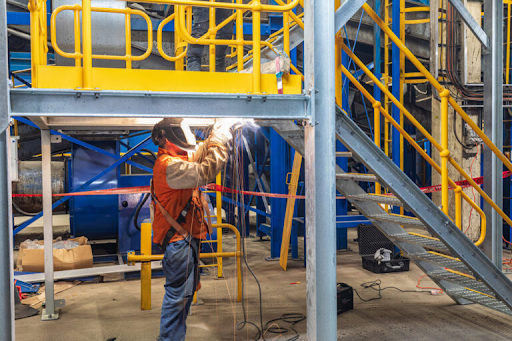Introduction
Outdoor luminaires face a unique set of challenges that demand exceptional durability and reliability. From harsh weather conditions to structural stresses, these luminaires must withstand a multitude of factors to ensure long-lasting performance. Effective projected area and static load testing play a pivotal role in assessing the robustness of outdoor luminaires. In this exploration, we delve into the significance of these tests in enhancing the reliability of outdoor luminaires, making them truly built to endure.
Understanding Effective Projected Area
Effective projected area (EPA) is a critical metric used to quantify the wind resistance of outdoor luminaires. It refers to the surface area of the luminaire that faces the direction of the wind, influencing the aerodynamic forces acting on it. The EPA takes into account both the physical dimensions and shape of the luminaire, enabling accurate calculations of wind pressure.
Static Load Testing: Unveiling Structural Resilience
Static load testing involves subjecting outdoor luminaires to carefully controlled loads to assess their structural strength and ability to withstand external forces. This test evaluates how the luminaire responds to various loads, including snow accumulation, ice formation, and even the weight of maintenance personnel.
Enhancing Outdoor Luminaire Reliability
- Wind Resistance: Effective projected area testing helps manufacturers optimize the design of street lamps to minimize wind loads. This ensures that the luminaires remain stable even during strong winds, reducing the risk of structural failure.
- Durability: Static load testing simulates real-world scenarios, ensuring that luminaires can withstand heavy loads without compromising their structural integrity. This contributes to the longevity of the luminaires and minimizes maintenance requirements.
- Safety: Reliable outdoor luminaires contribute to public safety. Luminaires that can endure adverse conditions without failure prevent potential hazards and accidents.
- Longevity: Luminaires that pass effective projected area and static load tests are built to last, reducing the need for frequent replacements and contributing to a sustainable approach to outdoor lighting.
Implementing Effective Projected Area and Static Load Testing
- Compliance with Standards: Follow established industry standards for effective projected area testing, such as IEC 62722-2-1, and static load testing, such as IEC 60598-2-3. Compliance ensures uniformity and reliability.
- Collaboration with Experts: Engage with lighting manufacturers and experts who possess a deep understanding of effective projected area and static load testing. Their insights can guide you in making informed decisions.
- Customized Testing: Tailor testing protocols to the specific environmental conditions of your region. Factors such as wind speeds, snow loads, and ice accumulation should be considered.
Conclusion
In the world of decorative street lights, reliability is non-negotiable. Effective projected area and static load testing are invaluable tools that ensure outdoor luminaires are equipped to withstand the challenges of their environment. By evaluating wind resistance and structural resilience, these tests contribute to luminaires that are truly built to endure. As urban landscapes continue to evolve, the reliability of outdoor luminaires remains a cornerstone of safety, sustainability, and efficiency.








